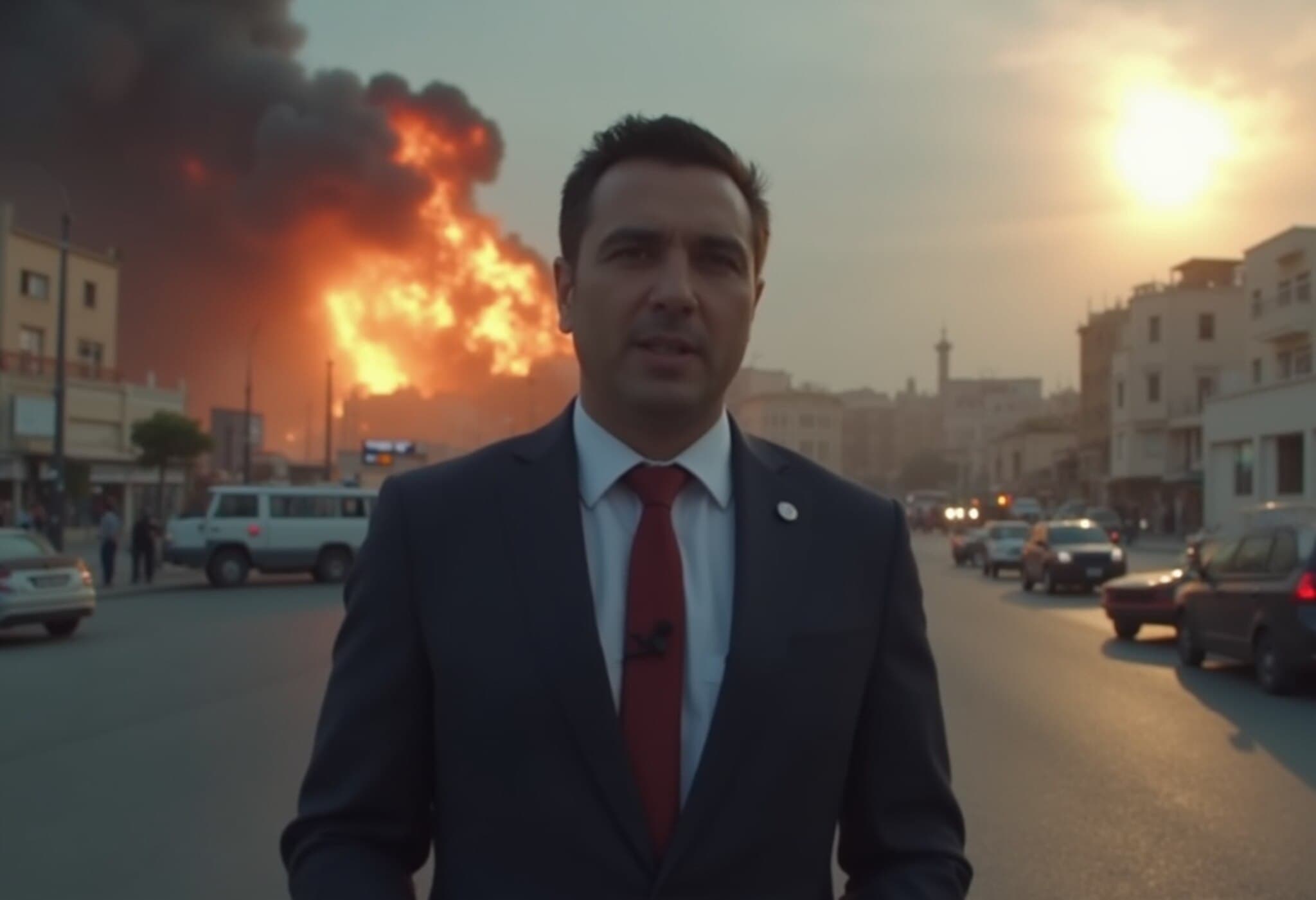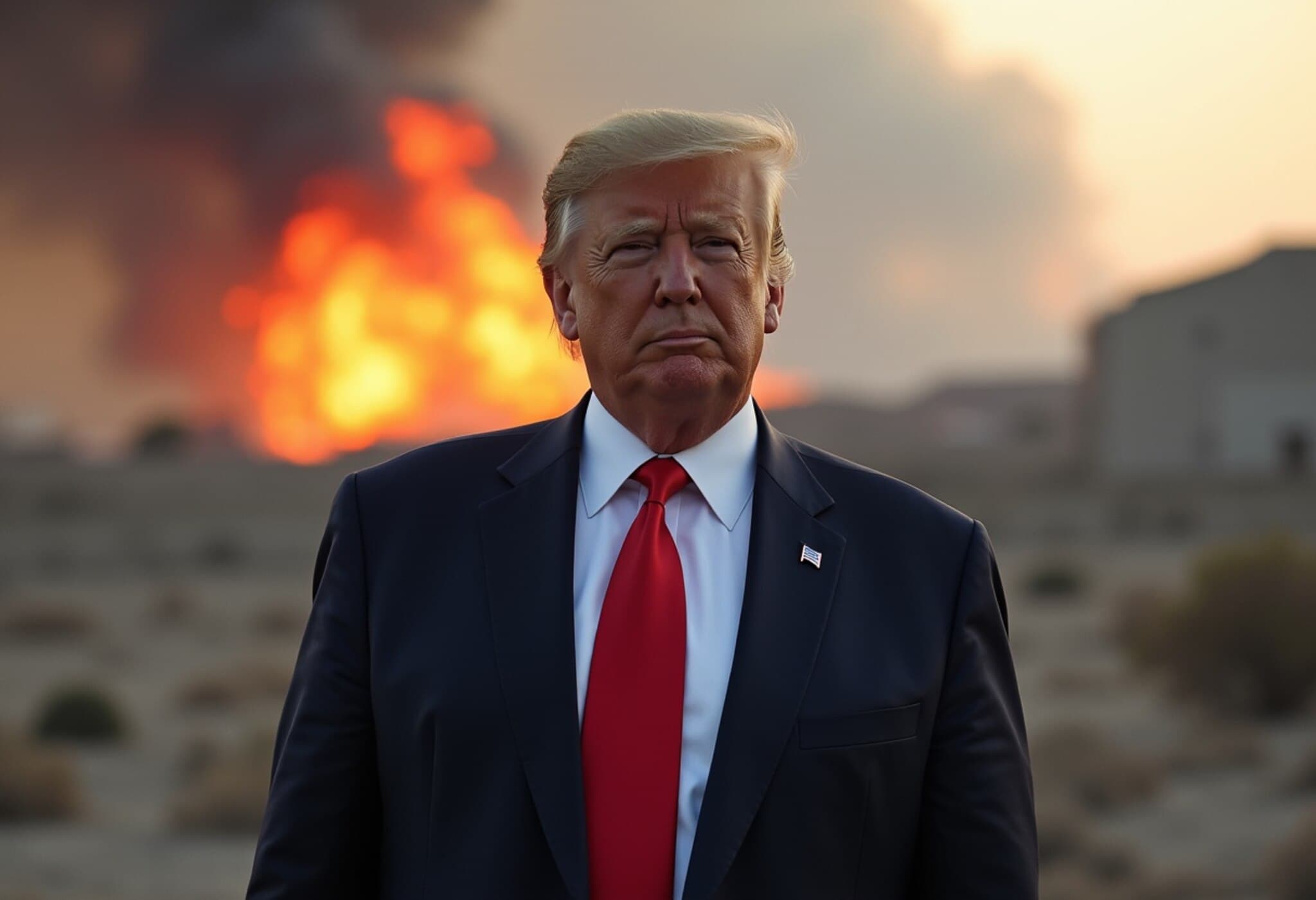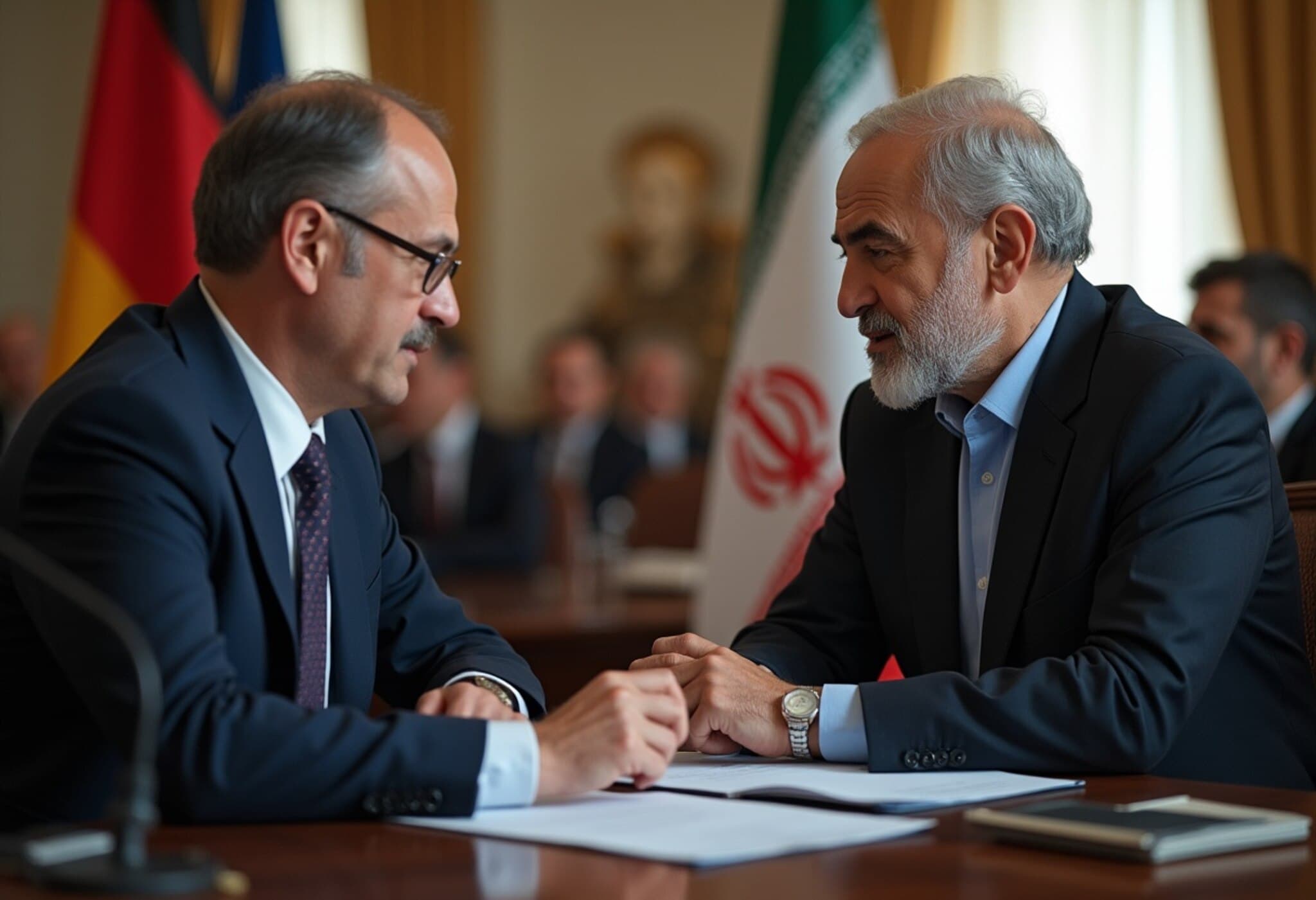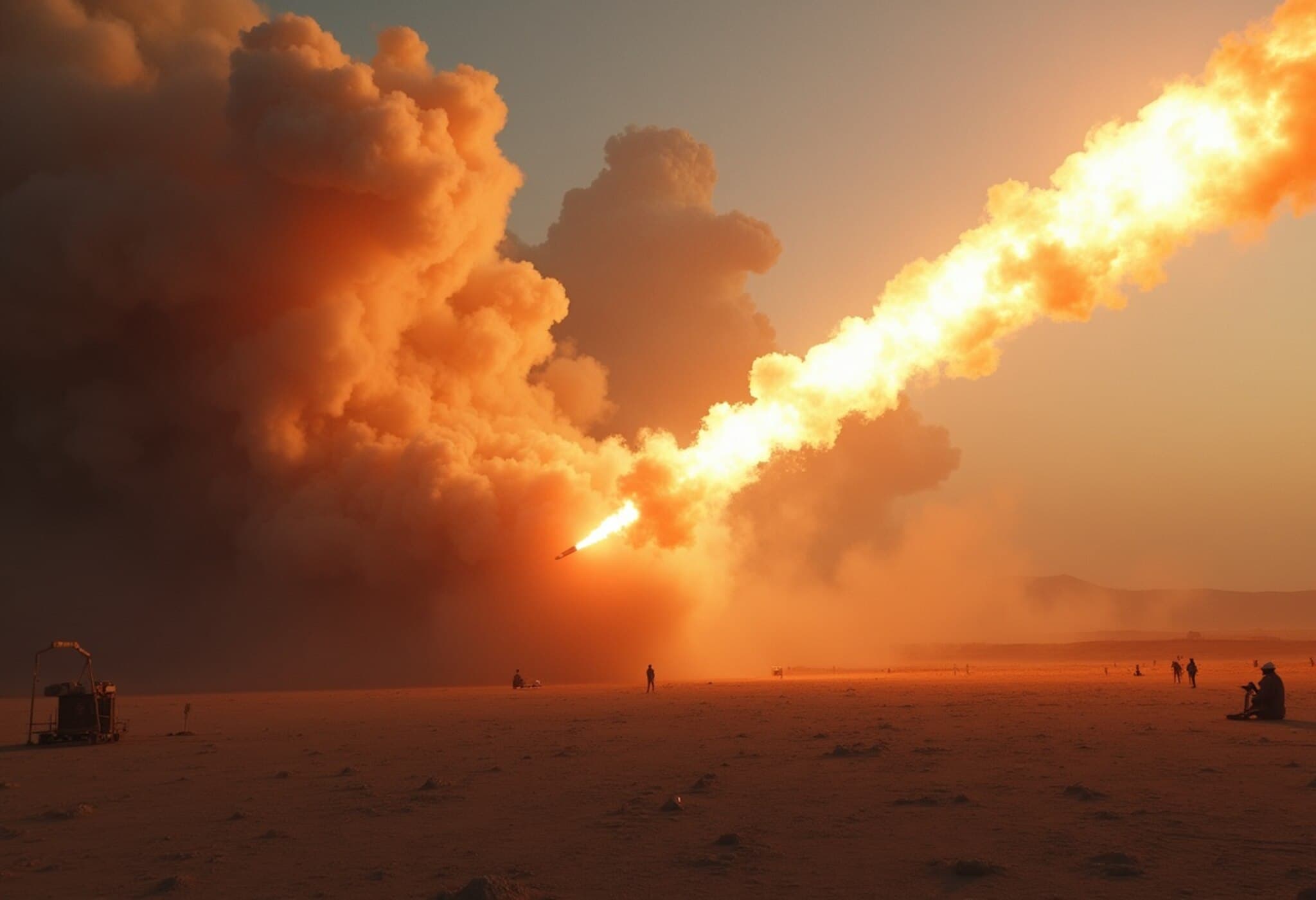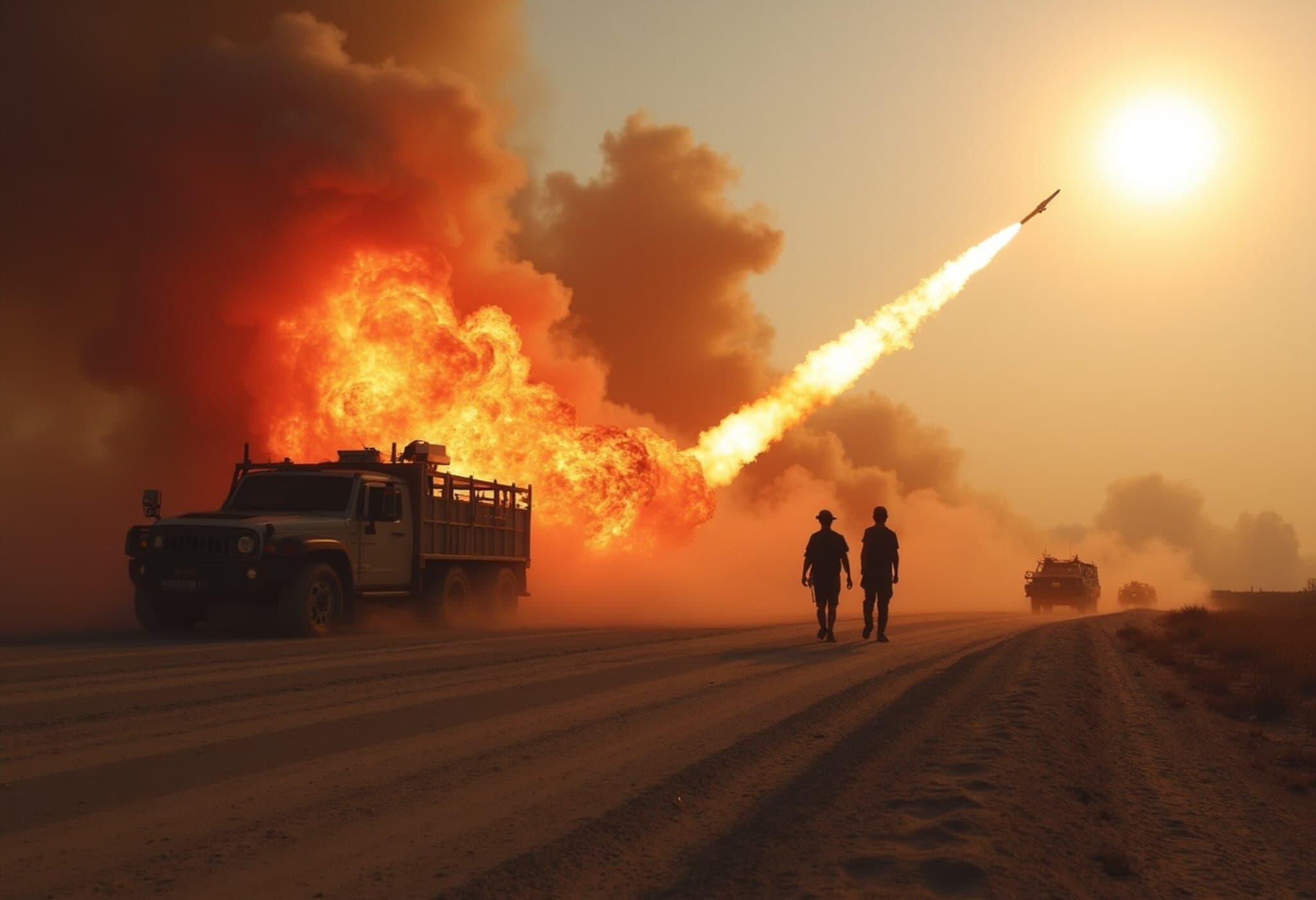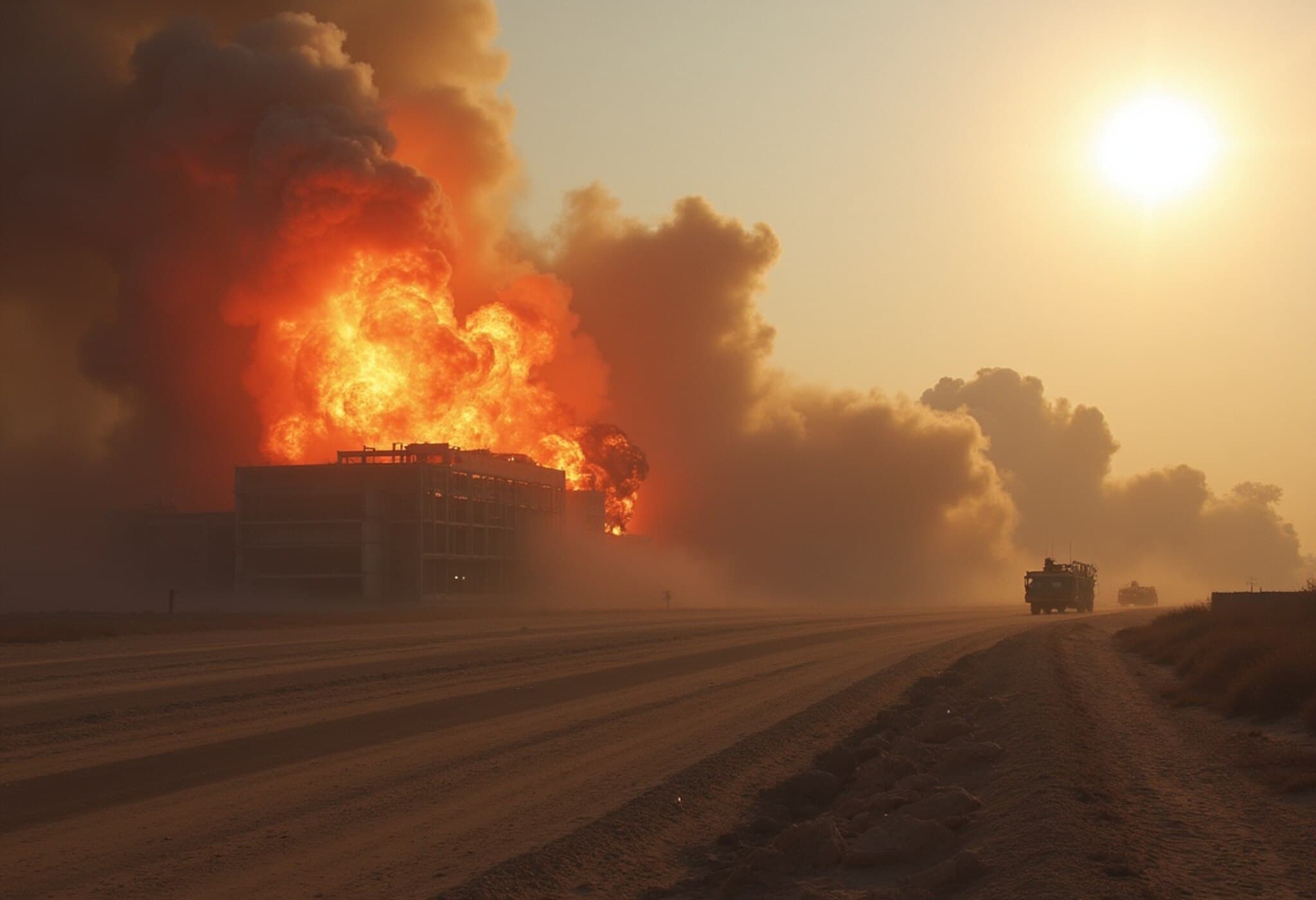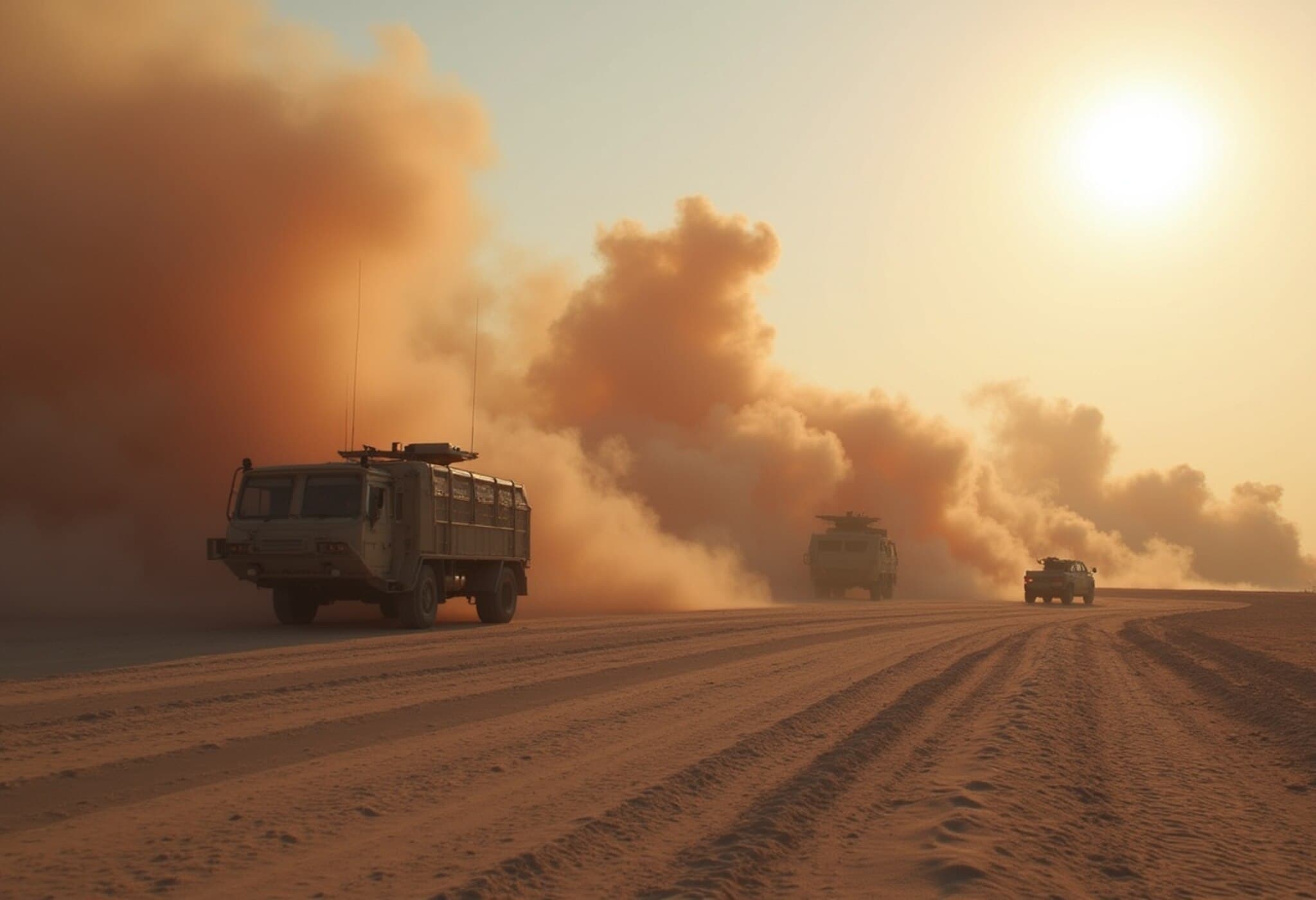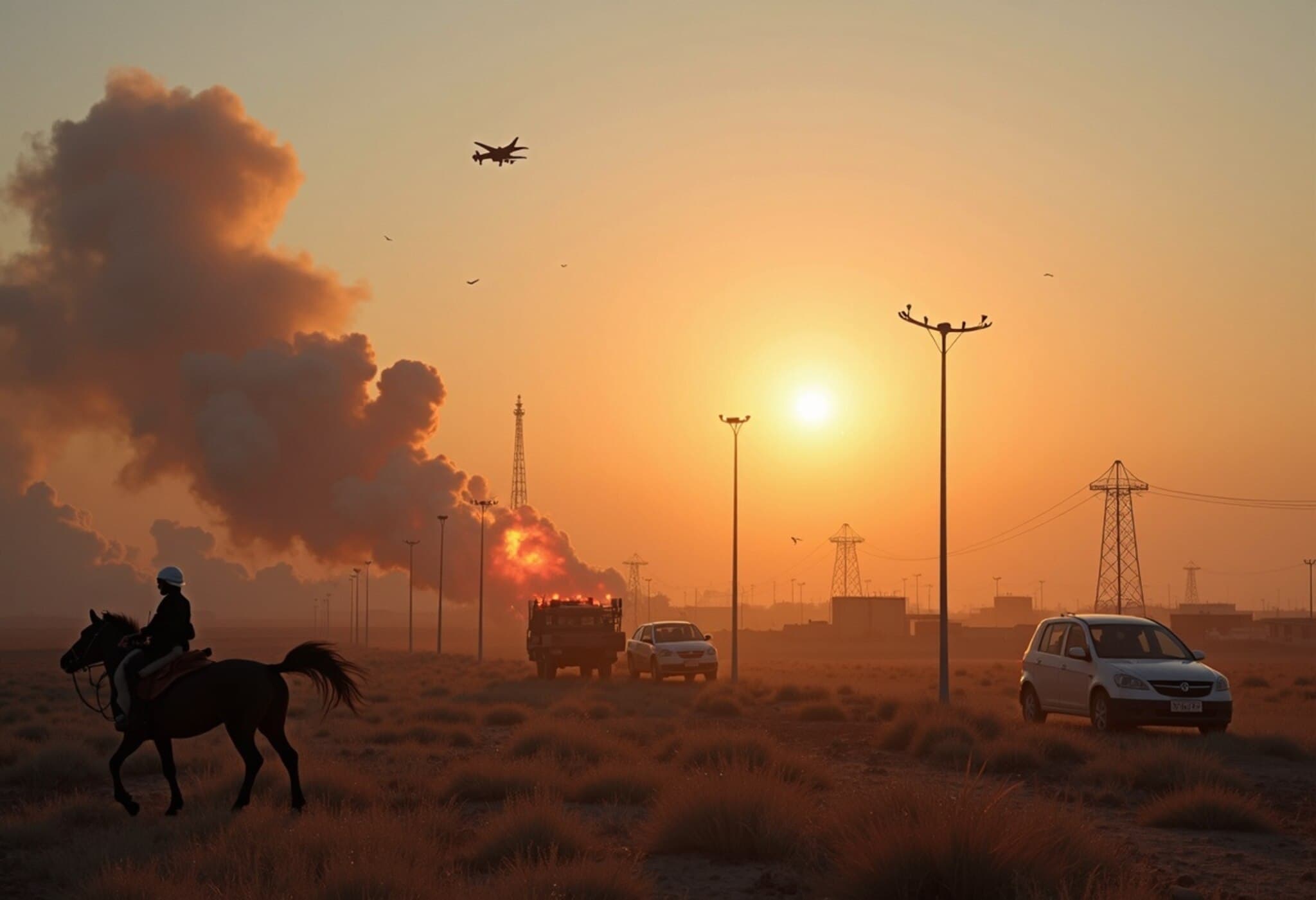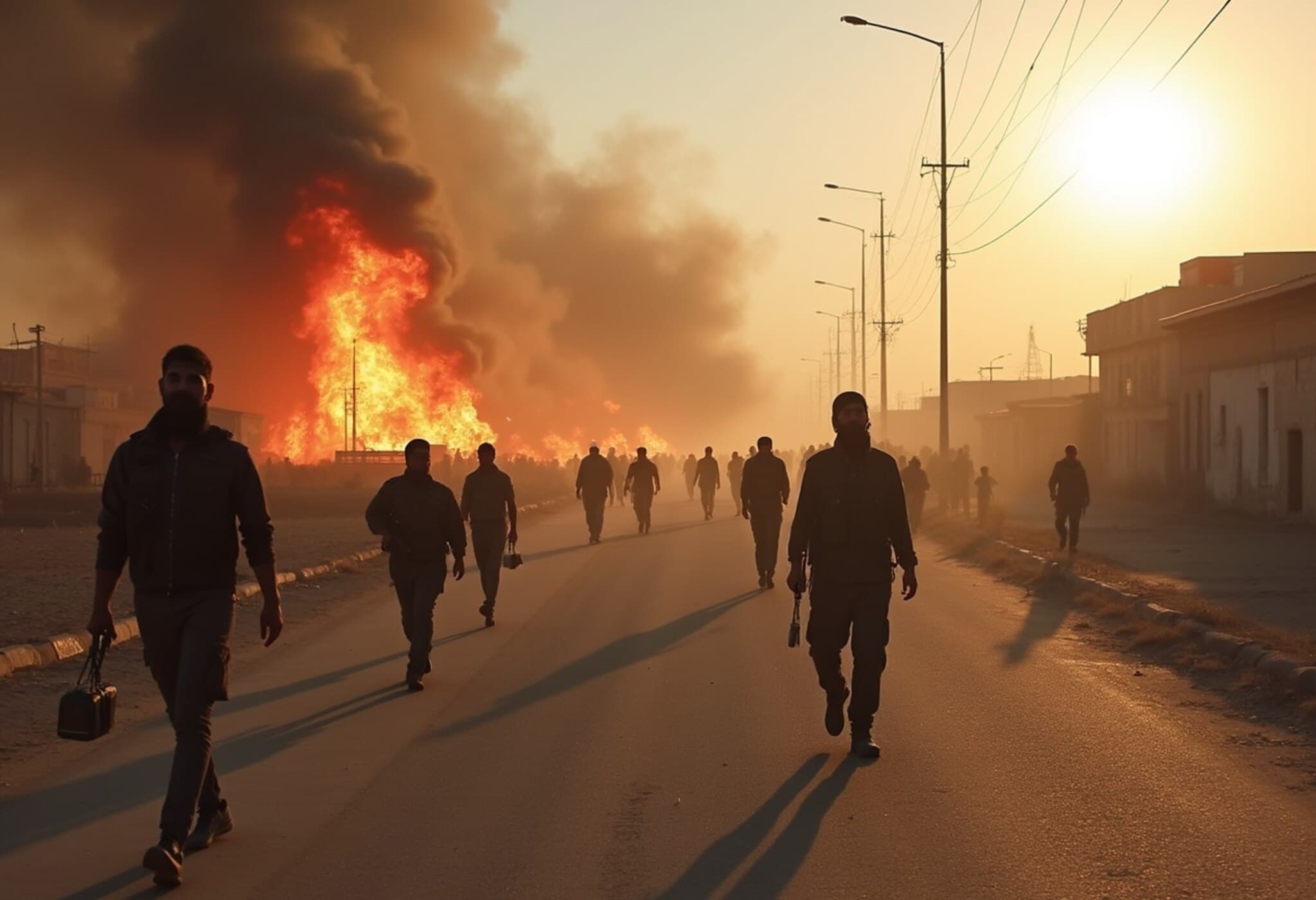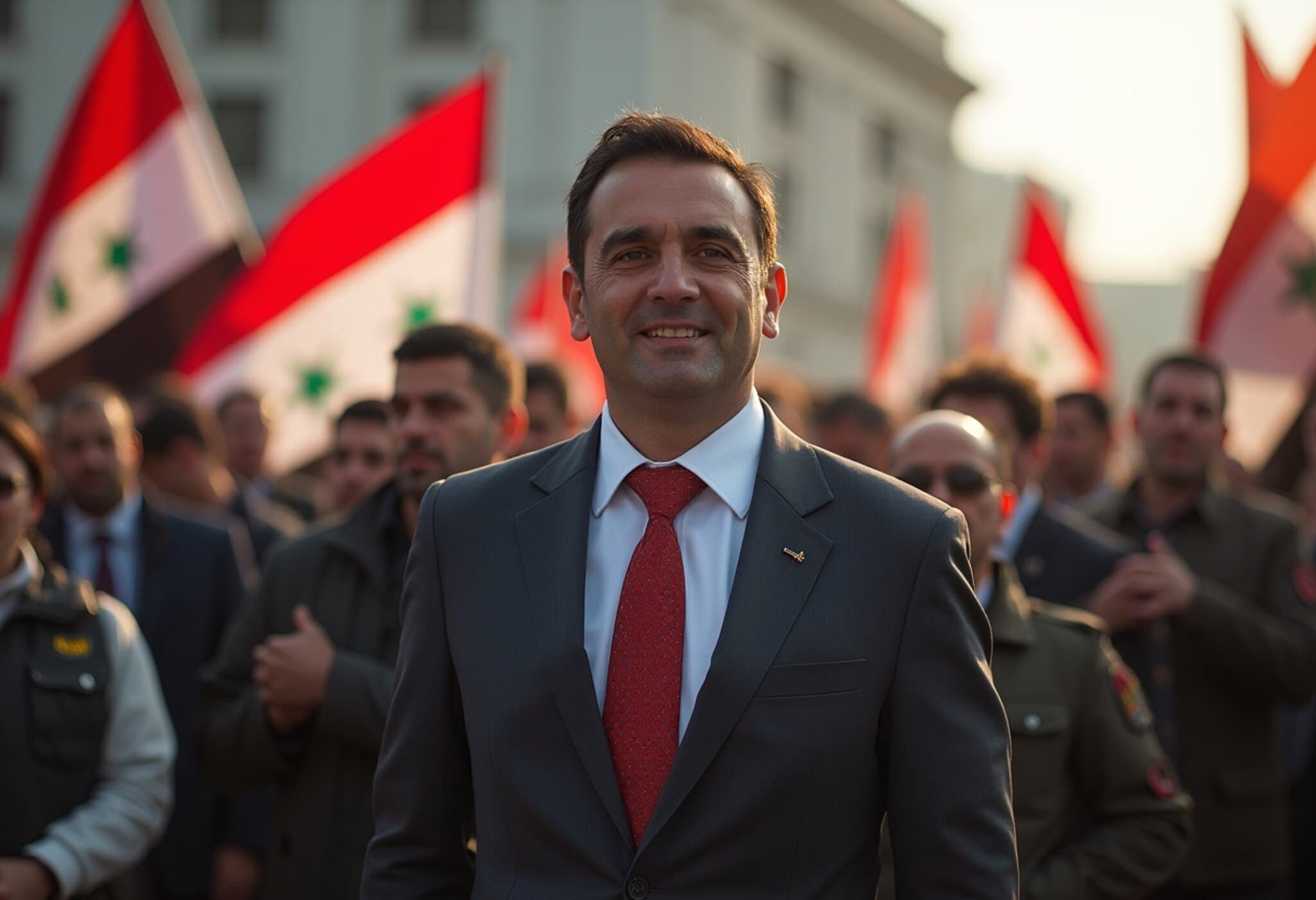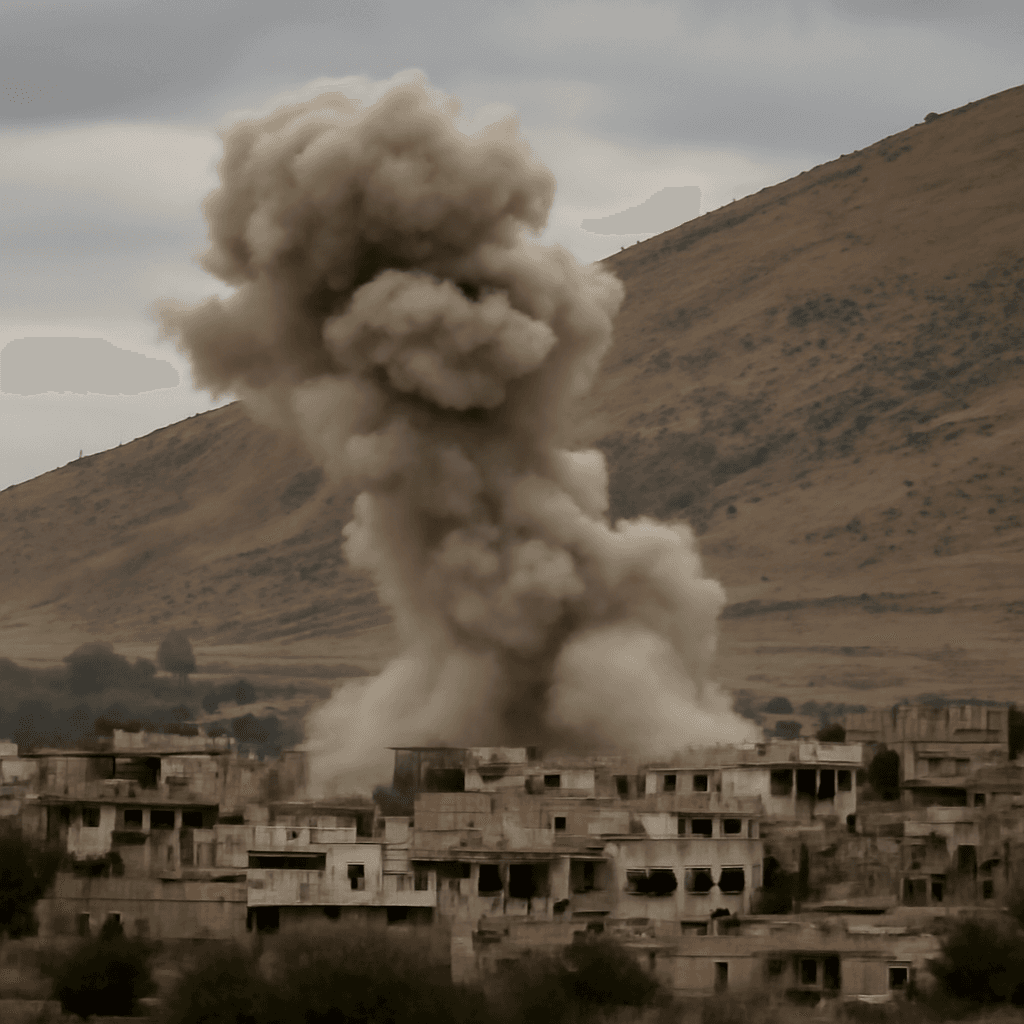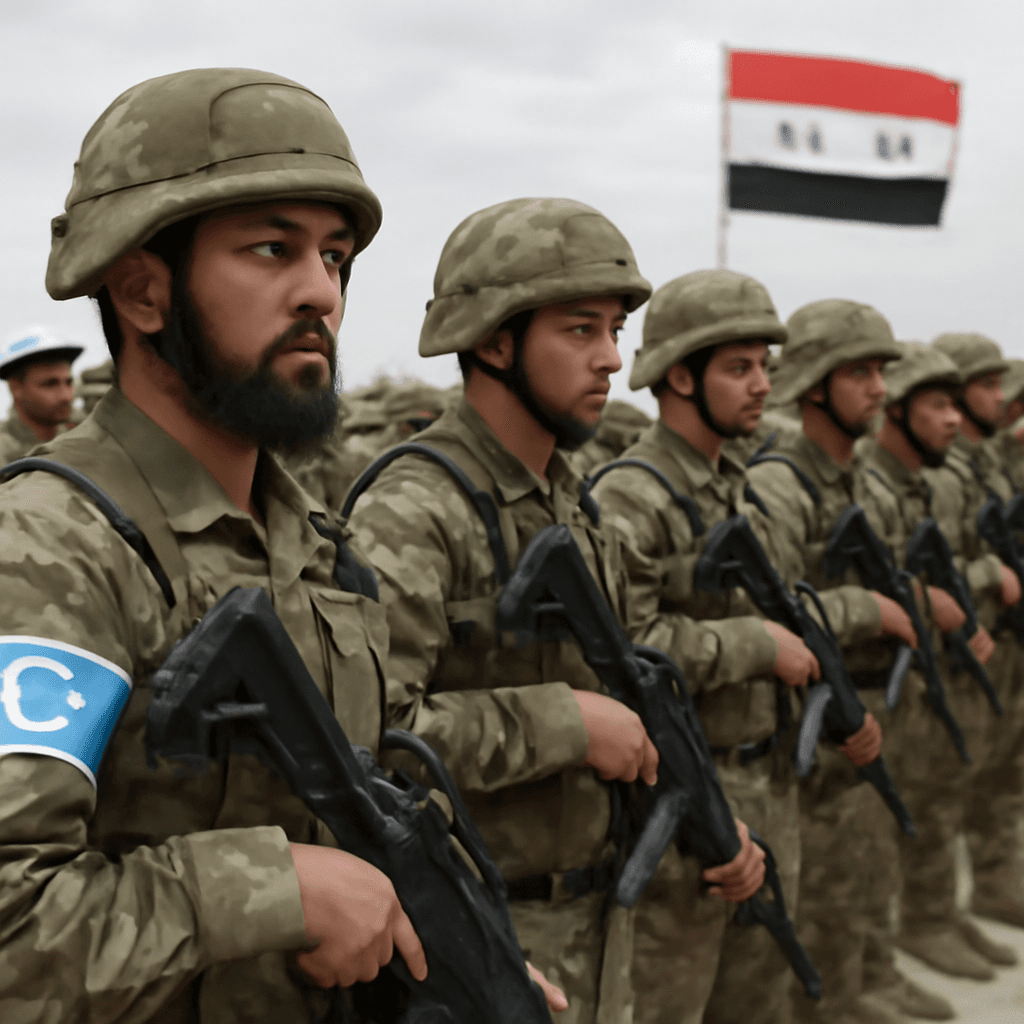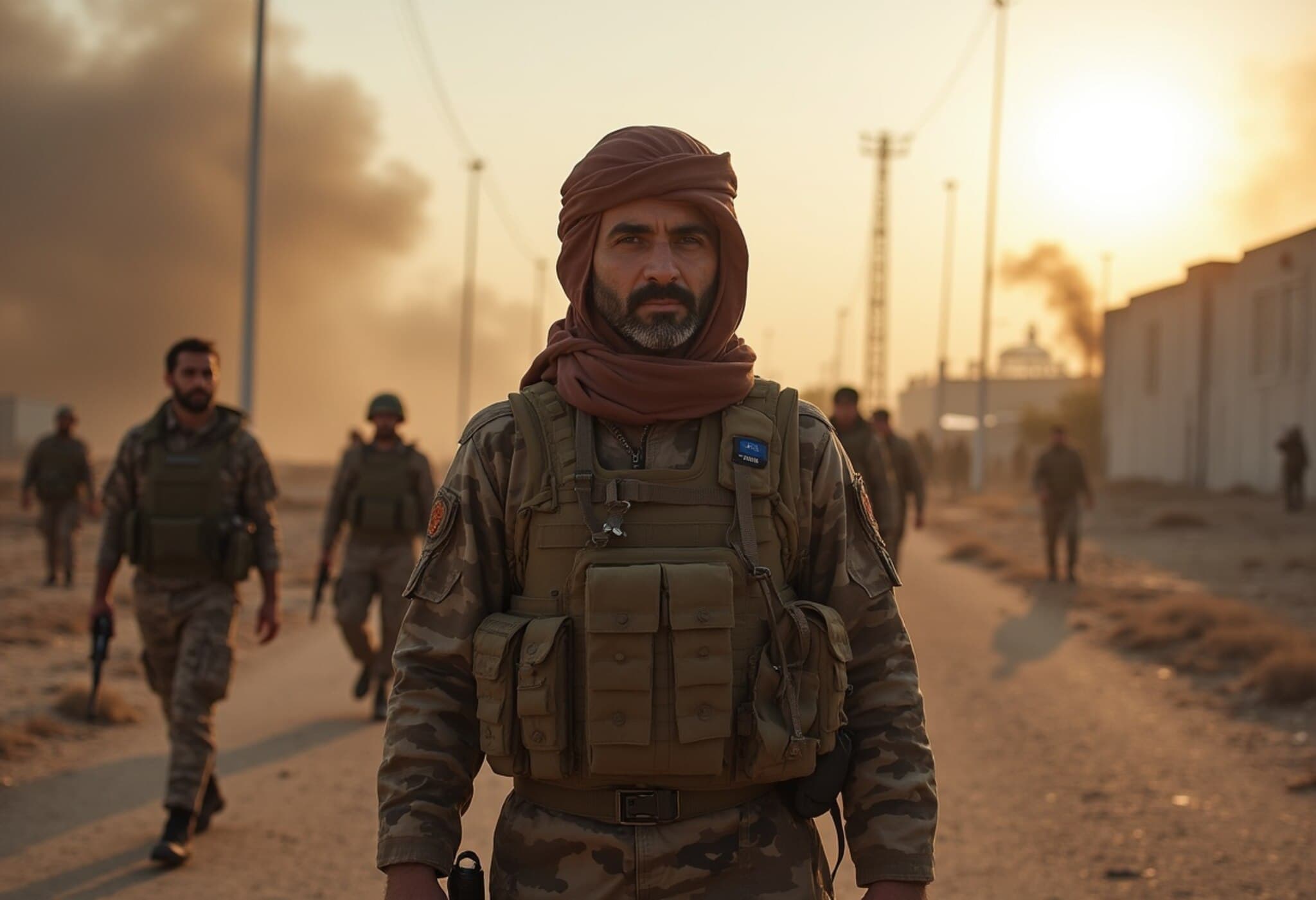Syrian News Anchor Forced to Take Cover Amid Live Airstrike
In a striking live broadcast, a Syrian news anchor was caught seeking shelter as an Israeli airstrike targeted the Syrian Ministry of Defence. The dramatic moment unfolded on Syria TV, capturing the tension and immediacy of conflict zones where civilians and media personnel alike face constant risks.
Live Coverage Interrupted by Conflict
The broadcast, originally intended to deliver routine news, quickly turned into gripping footage as the airstrike took place. The anchor’s rapid reaction—ducking and taking cover on-air—offered viewers an unfiltered glimpse into the realities of living amid escalating regional hostilities.
Israel's airstrikes in Syria have become a frequent feature in the broader context of Middle Eastern tensions, with strikes often targeting military installations to curb perceived threats. The Syrian Ministry of Defence, central to Damascus’s military operations, remains a strategic target in such operations.
The Human Side of War Reporting
This incident highlights the dangerous circumstances journalists face in conflict zones, where the line between observer and participant can blur. Such live coverage not only brings important news to the public but also underlines the vulnerability of media workers and the unpredictability of warfare.
Experts in international conflict and media stress the need for enhanced safety protocols and support for journalists working in high-risk environments. Moreover, moments like these stir public conversation on the ethics of live war reporting and the psychological toll on those delivering news under pressure.
Wider Regional Implications
The airstrike underscores the ongoing volatility of Syrian-Israeli relations and the broader geopolitical contest in the Levant. While Israel asserts its operations target threats to its security, Syria and its allies condemn these strikes as violations of sovereignty, fueling cycles of retaliatory action.
For American policymakers and global observers, such episodes raise critical questions on regional stability, the risk of escalation, and the humanitarian impact on civilian populations caught in the crossfire.
Key Takeaways:
- Live news coverage from conflict zones can capture immediate, unedited realities of war.
- The incident exemplifies the hazards media personnel face and the importance of their safety.
- It reflects broader geopolitical strain between Israel and Syria with global ramifications.
Editor’s Note
This unsettling broadcast moment prompts reflection on the intersection of journalism and warfare. How can news organizations balance the imperative of on-the-ground reporting with the safety of their teams? As conflicts persist, the public gains raw insights but at the potential cost of increased pressure on frontline journalists.
Furthermore, the incident invites analysis on the effectiveness of military strategies that risk impacting media infrastructure, and how such tensions shape international diplomatic efforts toward peace and stability in the Middle East.

